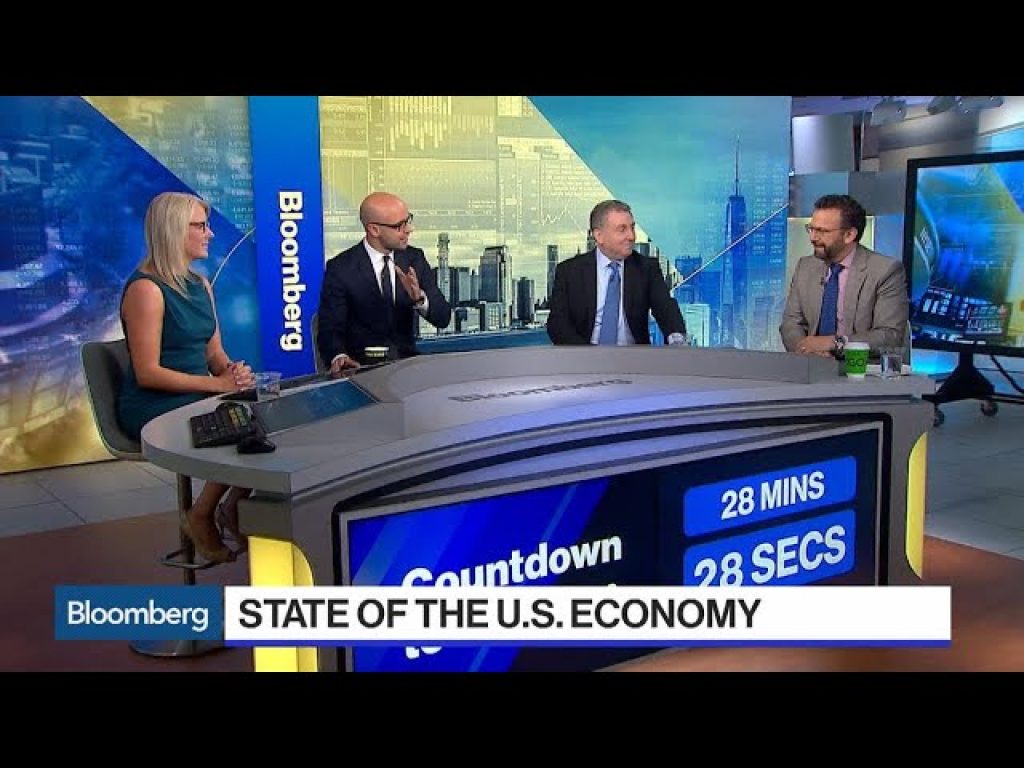Negative Oil Prices Explained.

It goes without saying that oil should be a relatively valuable commodity, given how useful it is, how limited its supply is and how expensive its alternatives are.
BUT just earlier this week we have started seeing articles noting that oil prices have now gone into the negatives. People are literally paying to give other people one of the most influential and useful commodities in the world.
So what is going on here, how does this make sense?
What is the forecast for oil prices going forward, and what impact could this have on the economy?
Negative Oil Prices Explained
In early April 2020, oil prices made global headlines as they plummeted below zero for the first time in history. This unprecedented event was a result of the COVID-19 pandemic coupled with an oversupply of oil. The negative prices had been expected by industry experts but still took the world by surprise. In this article, we will explore the reasons behind the negative oil prices and what they mean for the global economy.
The COVID-19 pandemic has significantly reduced demand for oil as people were forced to stay at home worldwide. Airlines canceled flights; people stopped driving to work, and businesses shut down. The reduced demand caused a surplus of oil as oil-producing nations continued pumping oil from the ground, leading to a significant imbalance between supply and demand. This oversupply of oil set the stage for the negative oil prices.
So how did oil prices go below zero? Negative prices occurred in a particular market, specifically the U.S. West Texas Intermediate (WTI) crude oil futures contract for May 2020 delivery. It’s important to note that this negative price did not mean that oil producers were paying customers to take barrels of oil off their hands. The negative pricing related to a specific contract for future delivery.
Investors holding contracts hoping to sell them at a profit at the contract’s expiration were in a predicament as the contract expiration neared. Storage tanks all over the world had already been filled to capacity, leaving no room to take additional delivery of crude oil. This lack of storage created a scenario where the contracts’ holders could not store the oil they had purchased physically.
In such a situation, they would typically sell the contract to someone who could accept delivery of the oil, like a refinery or a storage facility. However, the surplus oil in the market made this difficult, endangering the investors’ ability to sell their contracts or take physical delivery of the oil, causing a scramble to sell the contract at any price.
The negative oil prices were, therefore, a result of the traders holding oil futures contracts being unable to find a place to store the oil or sell the contract, leading to an accelerated sell-off of the contract to settle open positions, forcing prices deep into negative territory.
The negative oil prices, while shocking, are not an indication of the state of the global economy’s health. It was a market anomaly caused by the pandemic’s effect on global demand and oversupply of oil. The negative prices also occurred in a specific market and only affected a specific contract.
It’s worth noting that although we are unlikely to see negative prices again, the excess supply of oil in the market is forecasted to continue exerting pressure on prices, leading to further stockpiling and shut-in production, which is likely to impact the wider economy.
In conclusion, negative oil prices may have taken the world by surprise, but they were a result of a particular set of circumstances that combined to create this anomaly. While the economic impacts are limited, it highlights the importance of considering other factors beyond supply and demand in the global economy.









Canada is Quietly Building The Trading Empire Of The World
Team Biden releases its plan for America
U.S. Reopens Travel For The Vaccinated As COVID-19 Cases Surge Across Europe
GOP Senator Burr steps down amid ongoing investigation
Judge UNSEALS Epstein Documents, Dozens Of Powerful Men To Be Named